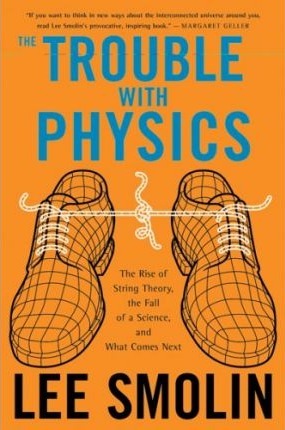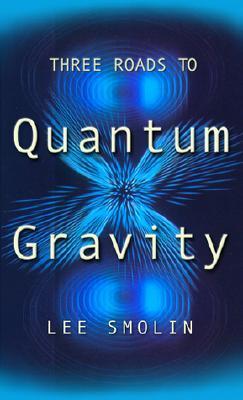
The Elegant Universe: Superstrings, Hidden Dimensions, and the Quest for the Ultimate Theory
Book Description
Imagine a universe where tiny, vibrating strings hold the key to everything—a cosmic symphony waiting to be discovered. Brian Greene takes you on a breathtaking journey through the mind-bending world of superstrings and hidden dimensions, unraveling the mysteries of the cosmos like never before. As he unpacks theories that challenge the very fabric of reality, the boundaries of human understanding blur. Science and philosophy collide, igniting a quest for the ultimate theory that could revolutionize existence itself. What if the answers to our most profound questions were just beyond the horizon of our imagination?
Quick Book Summary
"The Elegant Universe" by Brian Greene explores the deep structure of reality, focusing on the revolutionary concepts of superstring theory and extra spatial dimensions. Greene provides an accessible account of how physics has evolved—from Einstein’s relativity to quantum mechanics—leading scientists to search for a unified theory of everything. The book delves into the clash between general relativity and quantum theory, revealing why neither alone can explain all aspects of the universe. By introducing string theory, Greene suggests a possible resolution, where tiny, one-dimensional strings vibrate at the heart of matter and energy. Through vivid metaphors and examples, he untangles complex topics like black holes, hidden dimensions, and the fabric of the cosmos, inviting readers to imagine a universe far stranger and more beautiful than previously conceived. Ultimately, Greene paints a portrait of science as an ever-unfolding quest to understand the deepest laws governing existence.
Summary of Key Ideas
Table of Contents
The search for a unified theory
Physics has long pursued the goal of a single, all-encompassing theory—a pursuit that began with the remarkable triumphs of general relativity and quantum mechanics in the twentieth century. Einstein’s theory unraveled the force of gravity as the warping of space and time, giving us new perceptions of the cosmos on the largest scales. Meanwhile, quantum theory transformed our understanding of particles and forces on the tiniest scales, presenting a universe governed by probabilities and uncertainties. Yet, as Greene explains, these two pillars of modern physics stand fundamentally at odds, leading to contradictions in extreme conditions such as within black holes and at the birth of the universe.
Relativity and quantum mechanics in conflict
Superstring theory emerges as a bold attempt to reconcile this discord. Instead of being point-like particles, all fundamental entities are described as minuscule, vibrating strings. Their vibrations give rise to the diverse particles observed in nature, like notes on a violin string creating different sounds. By introducing strings, this framework naturally incorporates quantum principles while also describing gravity, something earlier theories could not achieve satisfactorily, providing hope for a “theory of everything.”
Superstring theory as a possible resolution
One of the most radical implications of string theory is the existence of additional spatial dimensions beyond the familiar three. Greene elucidates how these extra dimensions, tightly curled up at scales far smaller than an atom, could remain hidden from our perception yet dictate the properties of our universe. The geometry and shape of these hidden dimensions, theorized by string theory’s mathematical equations, influence the fundamental constants and laws that govern everything from particles to cosmic structures.
The idea of extra dimensions
As he guides readers through these abstract concepts, Greene emphasizes the interplay of scientific insight and philosophical wonder. String theory’s beauty lies not only in its mathematical elegance but also in its potential to unify all forces and particles under a single explanatory framework. The search for this elusive equation challenges physicists to rethink reality, space, time, and the very limits of knowledge. The quest involves daring experiments, imaginative mathematics, and a willingness to embrace ideas that transcend common intuition.
The philosophical implications of modern physics
In closing, Greene acknowledges both the promise and current limitations of these ideas. Much of string theory remains speculative; its extra dimensions and strings are yet to be observed directly. Nonetheless, the journey toward understanding these mysteries inspires both awe and humility. Greene’s exploration underscores that science is not just a collection of facts, but a profound human endeavor—an ongoing meditation on the remarkable tapestry that is our universe.
Download This Summary
Get a free PDF of this summary instantly — no email required.





